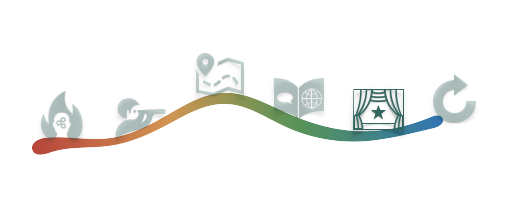Het arrangement English Quest 1: London (A2+) is gemaakt met Wikiwijs van Kennisnet. Wikiwijs is hét onderwijsplatform waar je leermiddelen zoekt, maakt en deelt.
- Auteur
- Laatst gewijzigd
- 2020-09-22 15:03:30
- Licentie
-
Dit lesmateriaal is gepubliceerd onder de Creative Commons Naamsvermelding 4.0 Internationale licentie. Dit houdt in dat je onder de voorwaarde van naamsvermelding vrij bent om:
- het werk te delen - te kopiëren, te verspreiden en door te geven via elk medium of bestandsformaat
- het werk te bewerken - te remixen, te veranderen en afgeleide werken te maken
- voor alle doeleinden, inclusief commerciële doeleinden.
Meer informatie over de CC Naamsvermelding 4.0 Internationale licentie.
Aanvullende informatie over dit lesmateriaal
Van dit lesmateriaal is de volgende aanvullende informatie beschikbaar:
- Eindgebruiker
- leerling/student
- Moeilijkheidsgraad
- gemiddeld
Bronnen
| Bron | Type |
|---|---|
|
Introductie Leerspier Quest London https://youtu.be/P0Uv2zQZpzg |
Video |
|
The Genius of the London Tube Map https://www.linguahouse.com/esl-lesson-plans/general-english/mapping-the-underground/videoplayer/michael_bierut_the_genius_of_the_london_tube_map |
Video |
Gebruikte Wikiwijs Arrangementen
Herbert Vissers eXplore. (2019).
English Quest 1: London (A1)
https://maken.wikiwijs.nl/149112/English_Quest_1__London__A1_

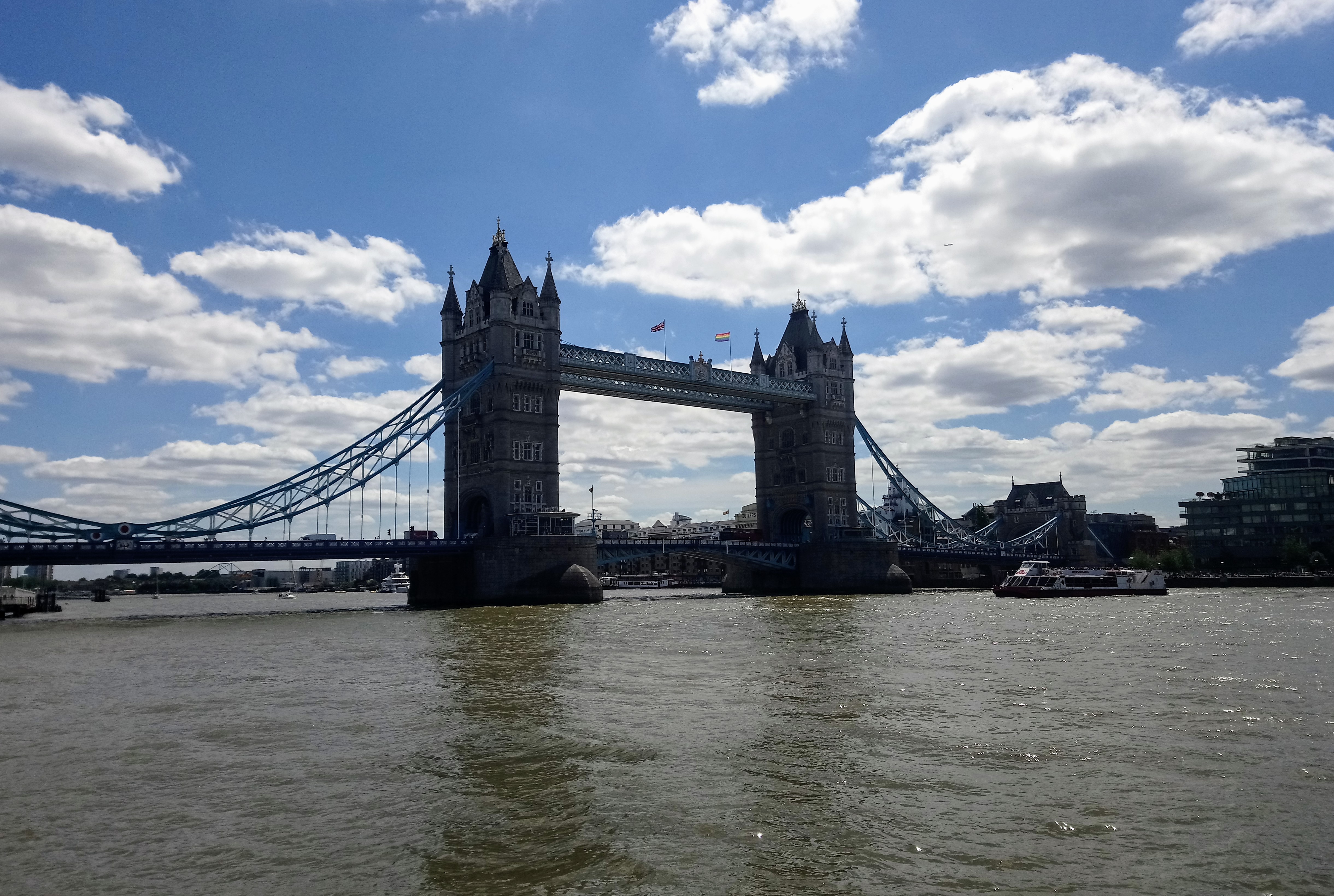


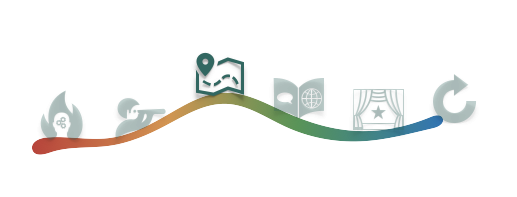
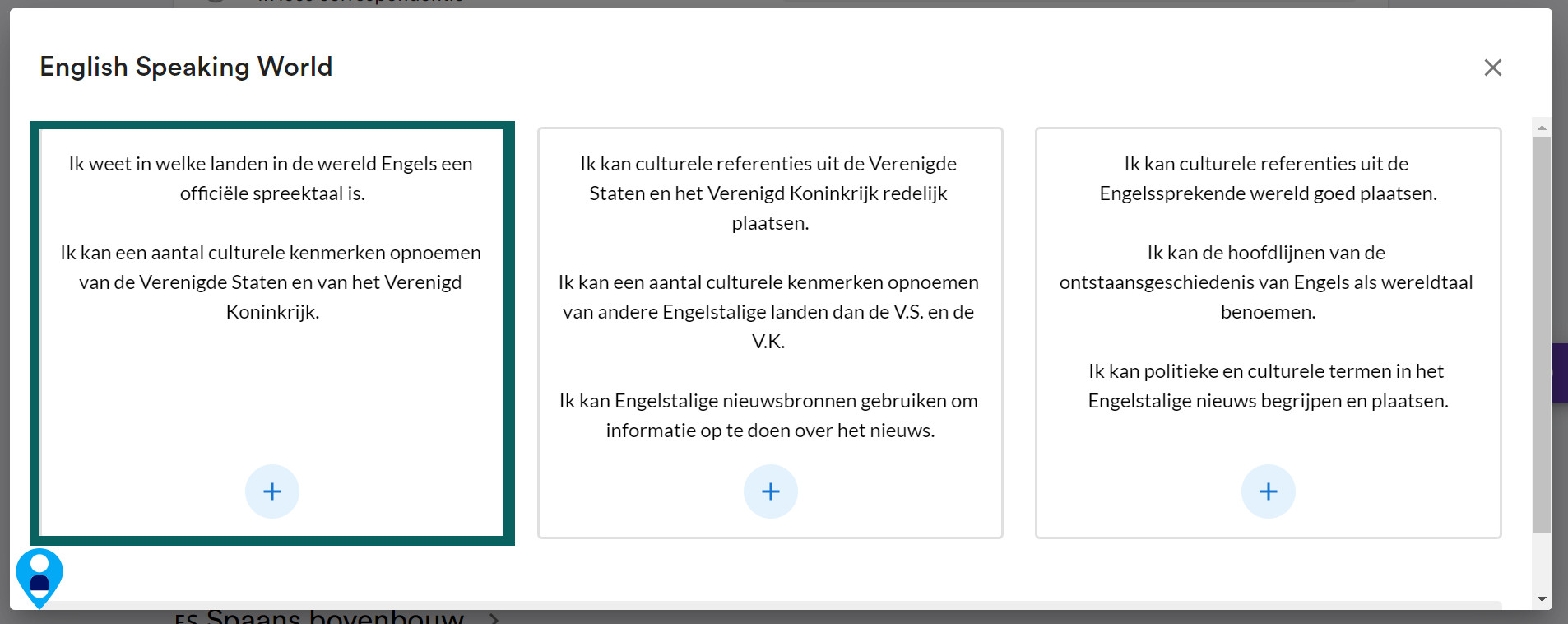
 Seesaw + Resultaat: show
Seesaw + Resultaat: show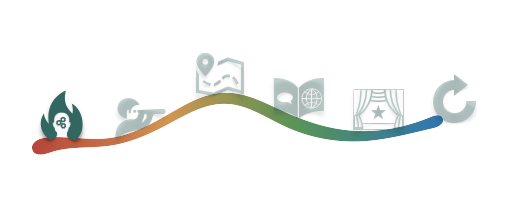

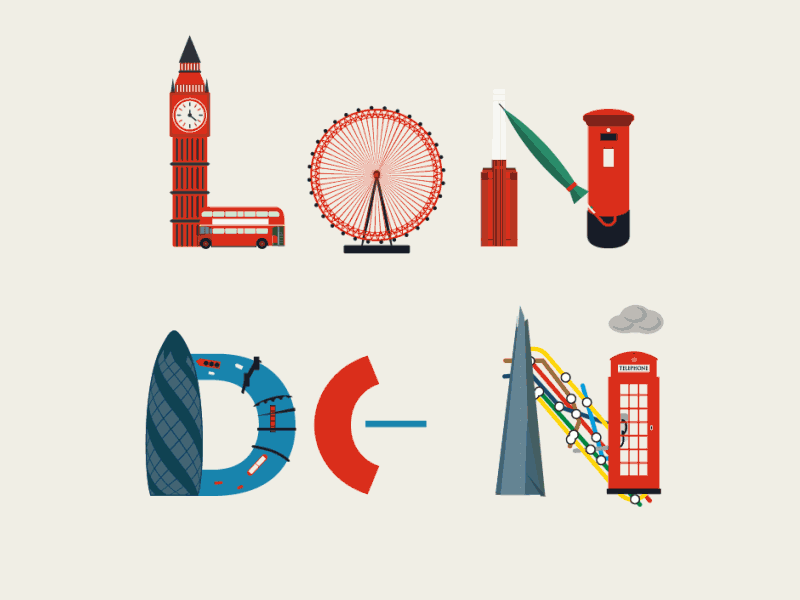
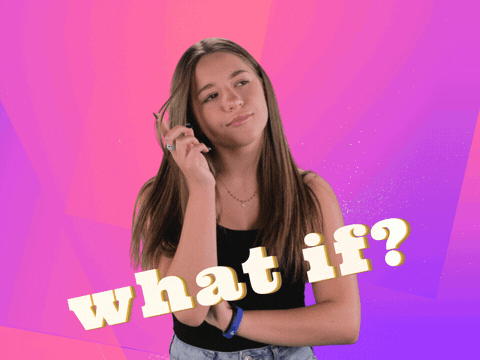
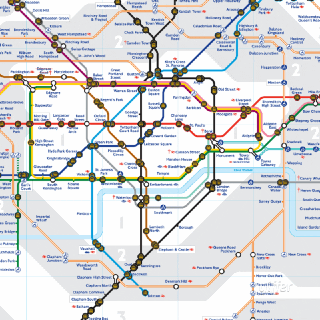
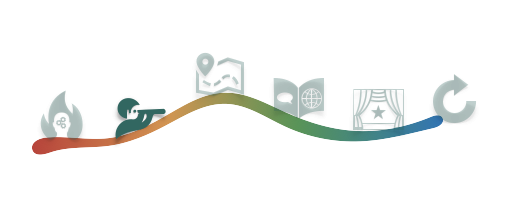
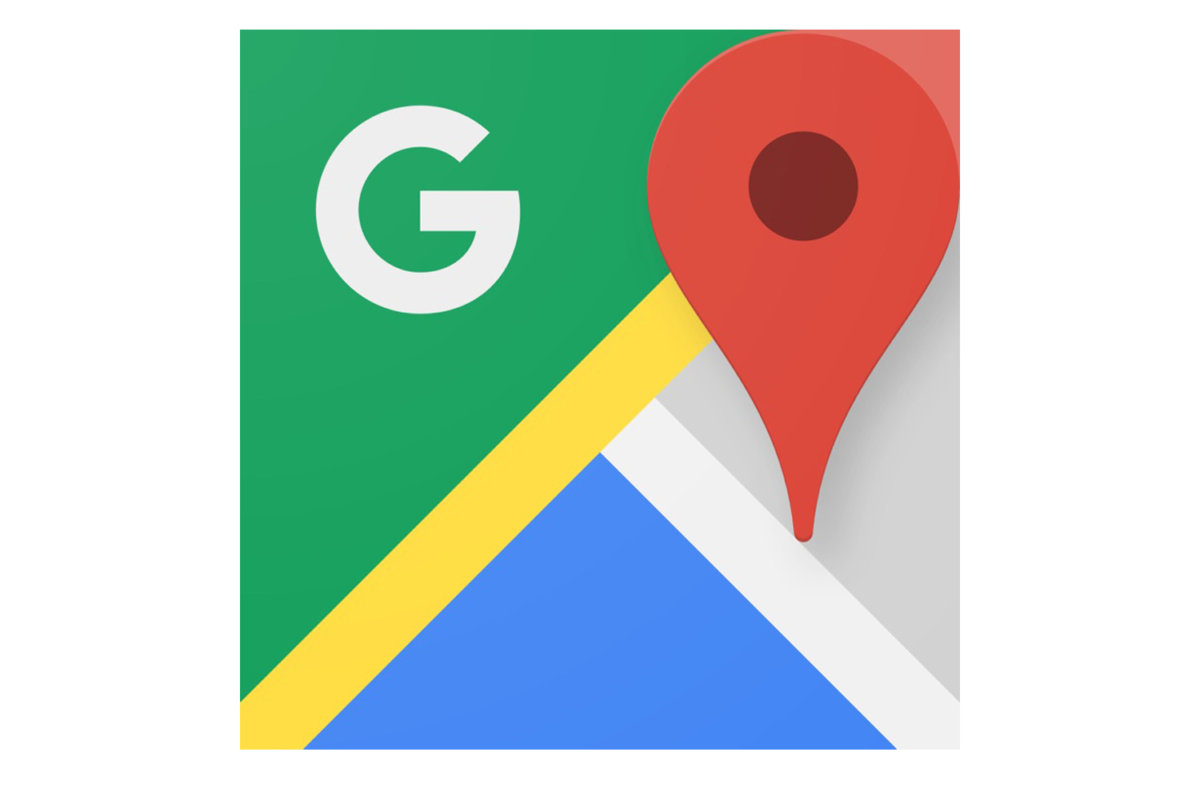
 ).
).
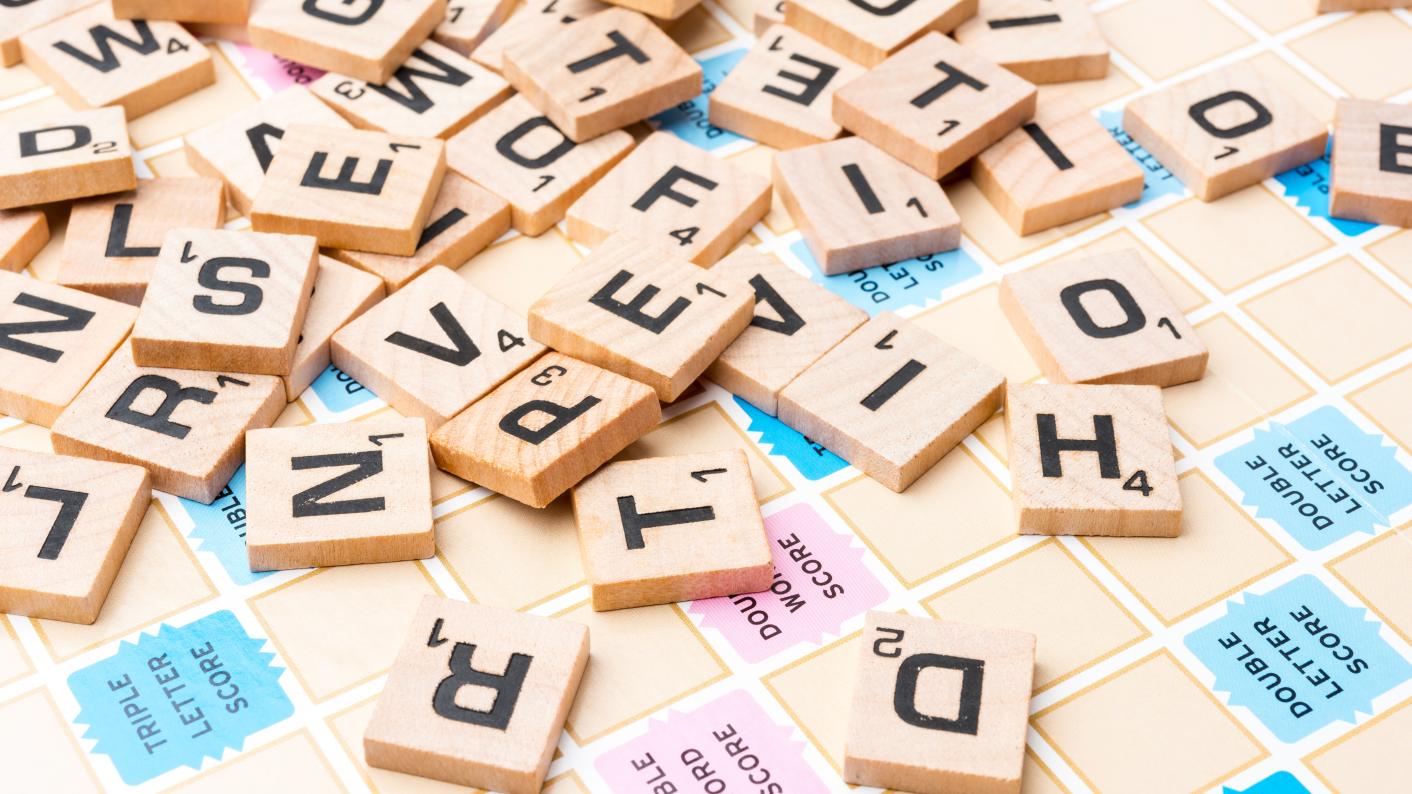
 Seesaw.
Seesaw. 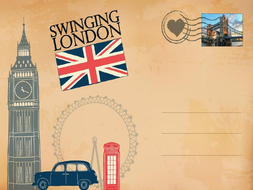 your family or friends. The front of the postcard shows a picture or a pretty drawing of the place you've visited, and you use the back of the postcard to write a message about where you are, what you've done and what you are going to do, as well as the address of the person you're sending the card to. In this assignment we're going to pretend to send a postcard from London.
your family or friends. The front of the postcard shows a picture or a pretty drawing of the place you've visited, and you use the back of the postcard to write a message about where you are, what you've done and what you are going to do, as well as the address of the person you're sending the card to. In this assignment we're going to pretend to send a postcard from London.
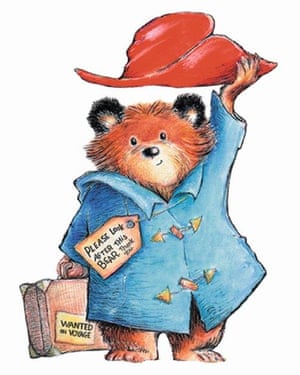
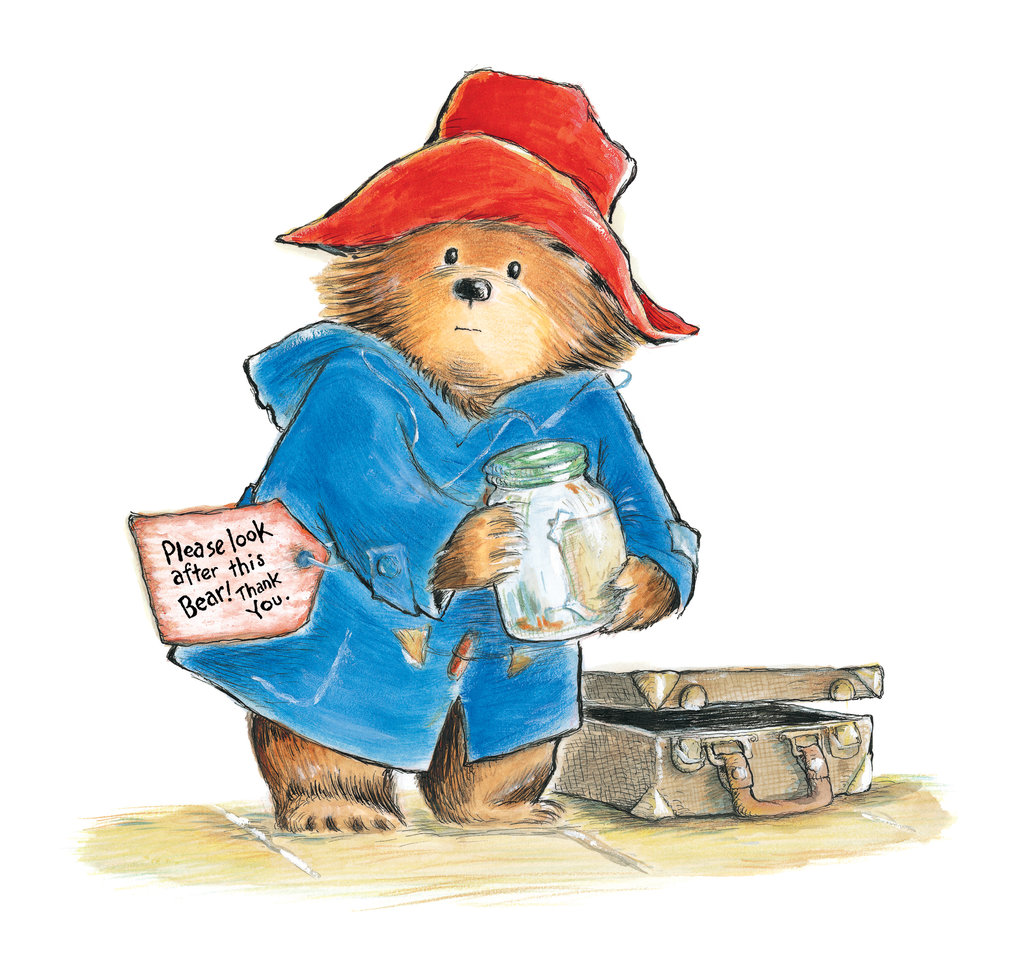
 The Genius of the London Tube Map
The Genius of the London Tube Map
